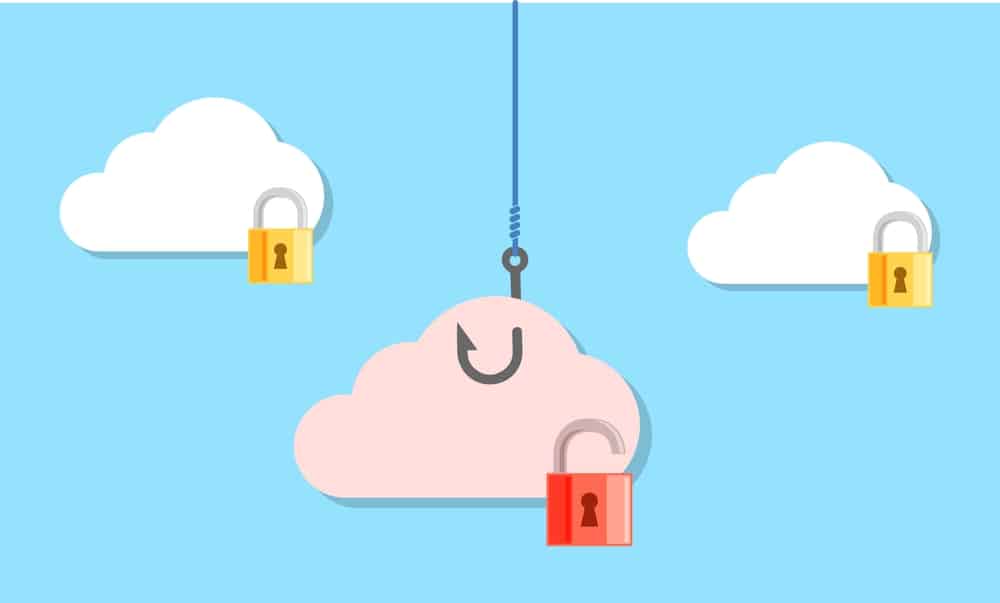
Almost a third of developers turn to alternative cloud providers
Developers are increasingly relying on multiple cloud providers for their infrastructure needs. According to a new study though, 27 percent now use an alternative cloud provider like Linode, DigitalOcean, or OVHcloud.
The research, carried out by SlashData as part of its 21st Developer Nation survey, also shows that usage of alternative cloud providers has nearly doubled over the past four years, while usage of the three largest hyperscalers, AWS, Microsoft Azure, and Google Cloud Platform (GCP), has only grown by 18 percent.

More than a third of firms hit by unexpected cloud costs
A survey of 1,000 developers at businesses of all sizes finds that 37 percent have been stung by unexpected cloud costs in the last 12 months.
The study by cloud-native service provider Civo finds that half of those affected say it was a mistake or configuration change that led to the unexpected cost as opaque and complicated cloud billing hinders proper cost planning.

Why enterprises need to take control of their cloud costs [Q&A]
Modern businesses are more than ever reliant on using the cloud, but it's easy to develop an 'out of sight out of mind' mentality to costs when systems are not hosted on site.
We spoke to Archera CEO Aran Khanna to find out about the challenges businesses face with cloud costs and how they can keep them under control.

Infrastructure teams spend almost half their time on routine manual tasks
Multicloud strategies have led to a surge in complexity, with enterprise infrastructure teams dealing with big volumes of data as they try to monitor and manage their constantly changing environments.
A new study from software intelligence company Dynatrace shows that as a result, teams are spending 42 percent of their time on manual, routine tasks, limiting their ability to accelerate innovation and highlighting the need for increased use of AI and automation.

Why identity management needs to be brought up to date for the cloud [Q&A]
Historically identity and access management has been built around an on-premises model. But with more systems now residing in the cloud the old way of doing things isn't working.
To find out more about why the cloud needs a new approach to IAM we spoke to Britive CEO, Art Poghosyan, about the challenges it raises and how to address them.

Attackers use Adobe Cloud to host phishing documents
Adobe Creative Cloud hosts popular apps including Photoshop and Acrobat, it also aids collaboration by allowing users to share documents.
Cybersecurity researchers at Avanan have discovered that hackers are now exploiting these file-sharing services as a phishing attack vector by sending legitimate emails through a trusted sender, bypassing ATP protection via Adobe’s SaaS offering.

What can the IT industry expect this year? More of the same -- change
As the age-old saying goes: Change is the only constant in life. The same is particularly true for the IT industry. New technologies birth newer technologies and the cycle of exploration, innovation, and mastery continues on repeat. In my opinion, it’s one of the many perks of working in IT. Variety is the spice of life, to quote another cliche.
The last two years have been, let’s just say, especially spicy -- with all sorts of unexpected challenges and advancements. The year ahead is sure to bring about more of the same. While hindsight may be 20/20 when it comes to 2020 (and 2021), the trick for IT professionals, and the organizations that employ them, will be trying to stay ahead of the ever-changing curve in 2022.

Flexibility, multi-clouds and the edge -- storage and data predictions for 2022
Thanks to the IoT and the collection of customer data online, businesses are accumulating more information than ever before.
This means that the need for storage isn't going to go away -- even though it may now be 'out of sight, out of mind' in the cloud. So, what do industry experts think is the future for storage and data as we head into 2022?

Sustainability, multi-cloud and hybrid -- cloud predictions for 2022
Cloud is no longer the new technology on the block and has become firmly established as part of the IT mainstream. But that doesn't mean that it's standing still.
What can we expect to see from the cloud in 2022? (If you answered 'rain' go to the back of the class!) Industry experts gave us their views.

Enterprises believe large cloud providers charge too much
The majority of businesses believe that large 'hyperscale cloud' providers are overcharging while also pursuing a narrative that their cloud offerings are low cost.
New research from cloud native provider Civo, based on responses from over 1,000 businesses, finds that 82 percent believe large public cloud providers like Amazon AWS, Google Cloud, and Microsoft Azure overcharge their customers.

The cloud in 2022: How broader adoption and reliance will enable business success
The past 18 months have brought a stronger, widespread reliance on cloud services worldwide. Many organizations have shifted to the cloud permanently to support their remote workforces, and this shift has helped the technology become deeply embedded into everyday modern business operations.
As we head into the new year and approach the two-year mark of the pandemic, businesses will become even more integrated with the cloud. No longer will the top question be -- "How do I migrate my business to the cloud?" or "Is the cloud the best option for me?" Instead, experienced and savvy organizations will ask, "How can I tailor the cloud to best meet and surpass my business goals?"

Cybereason and Google Cloud launch AI-powered protection
Anything that's connected to the internet can be a possible attack route for hackers, but organizations are often forced to use multiple solutions for protection, adding complexity and risk.
Cybereason and Google Cloud are launching an AI-powered XDR (Extended Detection and Response) solution to enhance and simplify the ability to predict, detect, and respond to cyberattacks.

Data integration: Why it's essential for every successful business
Ninety percent of the world's data was created in the past two years alone. Now, industry experts predict this volume of data will double in size every two years. To keep up with the rise in data volume, more companies are starting to transition from on-premises to cloud data storage.
Data integration is essential as businesses scale their operations, handle large amounts of data, and make their data more accessible. So, it's no surprise 81.7 percent of companies now have a mix of legacy and modern cloud technologies, highlighting the rapid transition to cloud data storage. Without effective integration, companies risk mismanaging their important data, leading to inaccurate reporting, tracking, and decision-making that could negatively impact their business.

Linux Foundation to host Cloud Hypervisor project
The Linux Foundation has announced that it will host the Cloud Hypervisor project, aiming to deliver a Virtual Machine Monitor for modern cloud workloads.
Written in Rust, the project has a strong focus on security, features include CPU, memory and device hot plugging; support for running Windows and Linux guests; device offload with vhost-user; and a minimal and compact footprint.

Moving to the cloud? Don't forget the mainframe
Over the past decade, cloud technology has become the IT infrastructure of choice for many organizations. When the COVID-19 pandemic forced businesses to send workers home, cloud adoption accelerated, ensuring teams stayed connected and productive while working remotely. But in the rush to capitalize on the agile capabilities offered by cloud, larger enterprises should be wary of neglecting a critical piece of technology: the mainframe.
A majority of the world’s top banks, airlines, and retailers are estimated to rely on mainframes -- trusting them as a reliable and secure part of their IT infrastructure. Market appetite for future growth of the technology is strong: IBM recently reported 49 percent YOY growth in its mainframe division for Q1 2021.
